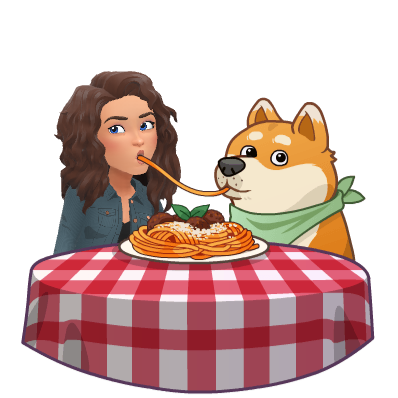I previously did a speed dating activity with solving exponential and logarithmic equations. I really liked how students were teaching each other. So I decided to try it again with solving right triangle trig applications.
For this activity, I didn't have an application problem per person, instead per group. In groups of 2-3, students had to answer the card given to them. Then had to move to another group - switch cards and answer the question.
I assigned roles to each member, but to hold each student accountable, when they switched the roles also switched. (In groups of three - here are the roles: an encourager, a recorder, and a checker.) The encourager had to use probing questions to help facilitate the other group if struggling, the recorder had to write down the work, and the checker had to look over the work before they could move on.

I ordered some buzzers from Amazon, and loved being able to push them to make the groups switch. (That's one thing that was missing in my last speed dating activity.)
I created QR codes for the answer and placed them on the back of the cards. This only gives the first group a chance to check their answer before moving on to speed dating. I still required that the student worksheet be completed and all work shown in order to receive credit.
From this experience, I think that speed dating works best when each student has a problem to solve. Since there were so many students in a group, they didn't really have places to sit and it became a big mess. So next time (since I already have the cards made) I'll just make it a gallery walk, where students must move to each station answering the questions.
Here is my activity if you are interested: Speed Dating: Right Triangle Applications
~RJ

For this activity, I didn't have an application problem per person, instead per group. In groups of 2-3, students had to answer the card given to them. Then had to move to another group - switch cards and answer the question.
I assigned roles to each member, but to hold each student accountable, when they switched the roles also switched. (In groups of three - here are the roles: an encourager, a recorder, and a checker.) The encourager had to use probing questions to help facilitate the other group if struggling, the recorder had to write down the work, and the checker had to look over the work before they could move on.

I ordered some buzzers from Amazon, and loved being able to push them to make the groups switch. (That's one thing that was missing in my last speed dating activity.)
I created QR codes for the answer and placed them on the back of the cards. This only gives the first group a chance to check their answer before moving on to speed dating. I still required that the student worksheet be completed and all work shown in order to receive credit.
From this experience, I think that speed dating works best when each student has a problem to solve. Since there were so many students in a group, they didn't really have places to sit and it became a big mess. So next time (since I already have the cards made) I'll just make it a gallery walk, where students must move to each station answering the questions.
Here is my activity if you are interested: Speed Dating: Right Triangle Applications
~RJ



Comments
Post a Comment